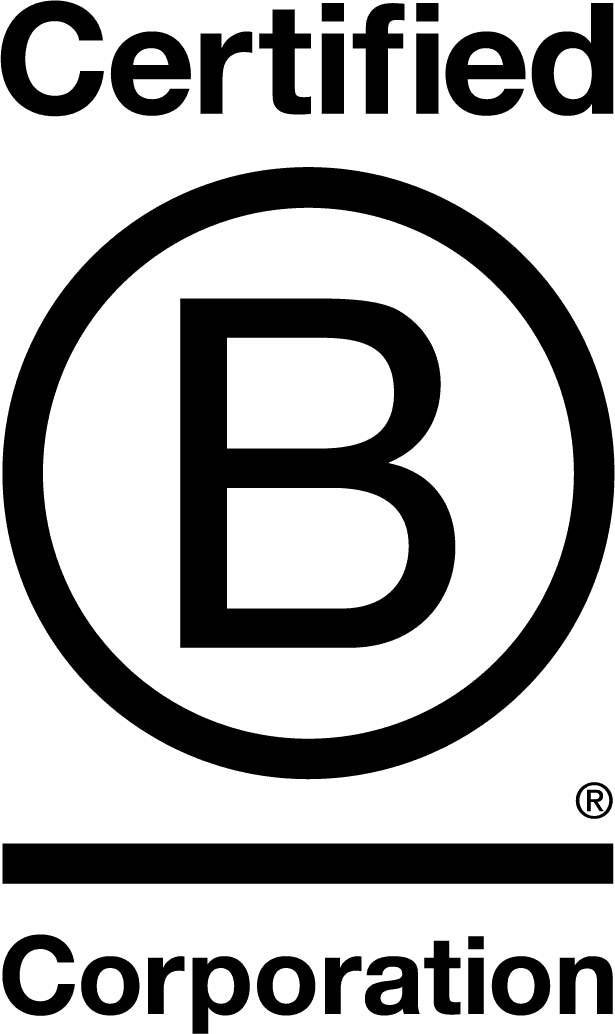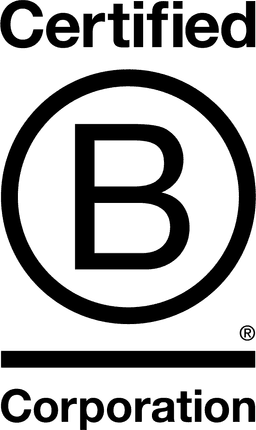

The East Inc.

North Gyeongsang Province, South Korea
October 2024
Food products
Manufacturing
South Korea
The East Inc. produces, distributes, ans sells good quality processed seafood products made from trustworthy ingredients sourced from the pristine water of the East Sea. With our achievements in culinary contests and 20 years in fisheries business, we seek to produce healthy and reliable products of the good quality for our customers. The current business site is a total of 9,907.2㎡ and has a production plant, cold storage, large logistics warehouse, and automated facilities with an annual production capacity of 1 million products. In addition, all facilities within the factory are perfectly operated according to HACCP standards. Hong Young Ui Red Crab Fish Sauce and Red Crab White Soy Sauce, which are already loved by many people, are in mass production with the latest automated facilities with a daily production volume of 50,000 bottles. Based on this, we are operating the online platform "Hong Young Ui Dot Com." "Hong young Ui dot com" is a platform that started to introduce good products from social enterprise The East Inc. and small and medium-sized enterprises that are having difficulties in expanding their sales channels. Along with the company's own products, it discovers excellent products from small and medium-sized enterprises and serves as a point of contact with cons
Overall B Impact Score
Governance 15.1
Governance evaluates a company's overall mission, engagement around its social/environmental impact, ethics, and transparency. This section also evaluates the ability of a company to protect their mission and formally consider stakeholders in decision making through their corporate structure (e.g. benefit corporation) or corporate governing documents.
What is this? A company with an Impact Business Model is intentionally designed to create a specific positive outcome for one of its stakeholders - such as workers, community, environment, or customers.
Workers 31.5
Workers evaluates a company’s contributions to its employees’ financial security, health & safety, wellness, career development, and engagement & satisfaction. In addition, this section recognizes business models designed to benefit workers, such as companies that are at least 40% owned by non-executive employees and those that have workforce development programs to support individuals with barriers to employment.
What is this? A company with an Impact Business Model is intentionally designed to create a specific positive outcome for one of its stakeholders - such as workers, community, environment, or customers.
Community 24.5
Community evaluates a company’s engagement with and impact on the communities in which it operates, hires from, and sources from. Topics include diversity, equity & inclusion, economic impact, civic engagement, charitable giving, and supply chain management. In addition, this section recognizes business models that are designed to address specific community-oriented problems, such as poverty alleviation through fair trade sourcing or distribution via microenterprises, producer cooperative models, locally focused economic development, and formal charitable giving commitments.
What is this? A company with an Impact Business Model is intentionally designed to create a specific positive outcome for one of its stakeholders - such as workers, community, environment, or customers.
Environment 10.7
Environment evaluates a company’s overall environmental management practices as well as its impact on the air, climate, water, land, and biodiversity. This includes the direct impact of a company’s operations and, when applicable its supply chain and distribution channels. This section also recognizes companies with environmentally innovative production processes and those that sell products or services that have a positive environmental impact. Some examples might include products and services that create renewable energy, reduce consumption or waste, conserve land or wildlife, provide less toxic alternatives to the market, or educate people about environmental problems.
Customers 2.5
Customers evaluates a company’s stewardship of its customers through the quality of its products and services, ethical marketing, data privacy and security, and feedback channels. In addition, this section recognizes products or services that are designed to address a particular social problem for or through its customers, such as health or educational products, arts & media products, serving underserved customers/clients, and services that improve the social impact of other businesses or organizations.